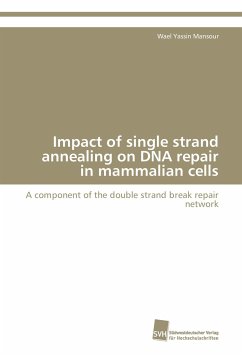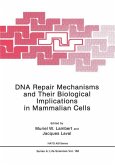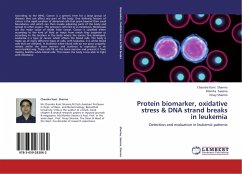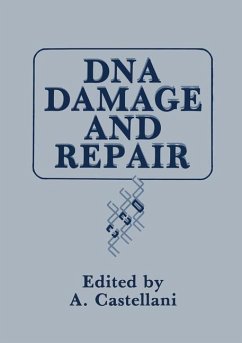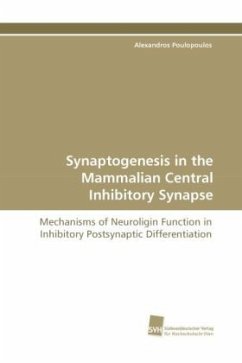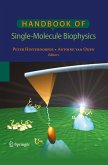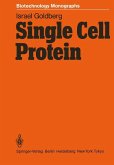In order to avoid the deleterious effect of double strand breaks (DSBs), mammalian cells have evolved three efficient repair pathways namely; nonhomologous endjoining (NHEJ), gene conversion(GC)and single strand annealing (SSA). These pathways differ not only in the underlying mechsnism but also in the fidelity of the repair. Whereas GC mostly ensures accurate repair, neither NHEJ nor SSA does. The misrepair of DSBs may induce genetic alterations with consequences such as cell death or cancer. In the current work we propose a model for a functional hierarchy for DSB repair network in mammalian cells. According to this hierarchy, high-fidelity NHEJ dominates and suppresses the other two repair pathways. GC also dominates over and suppresses the most deleterious SSA repair pathway. If one of central repair proteins is missing or the damage signalling is disturbed, these repair pathways crosstalk with each other in order to maintain the survival even at the expense of repair fidelity. As the DNA damage signalling is impaired in most tumours, assessing the crosstalk and the hierarchy between repair pathways in tumour cells would be of most important in the future.

